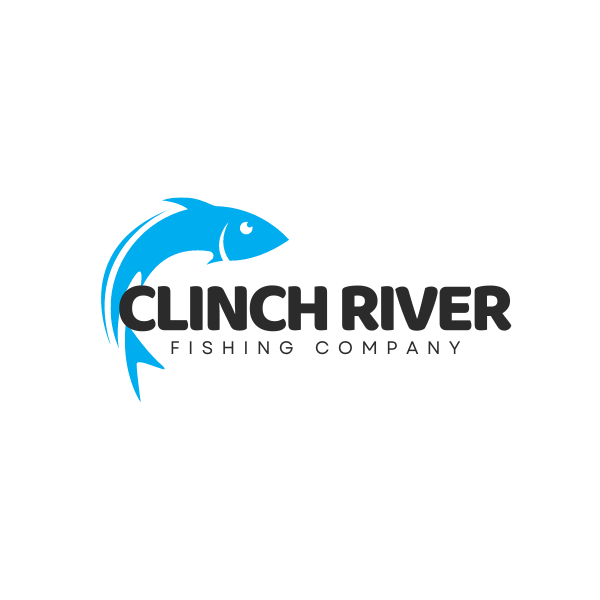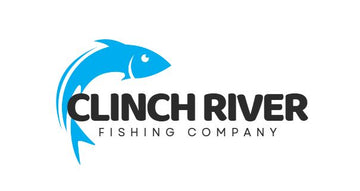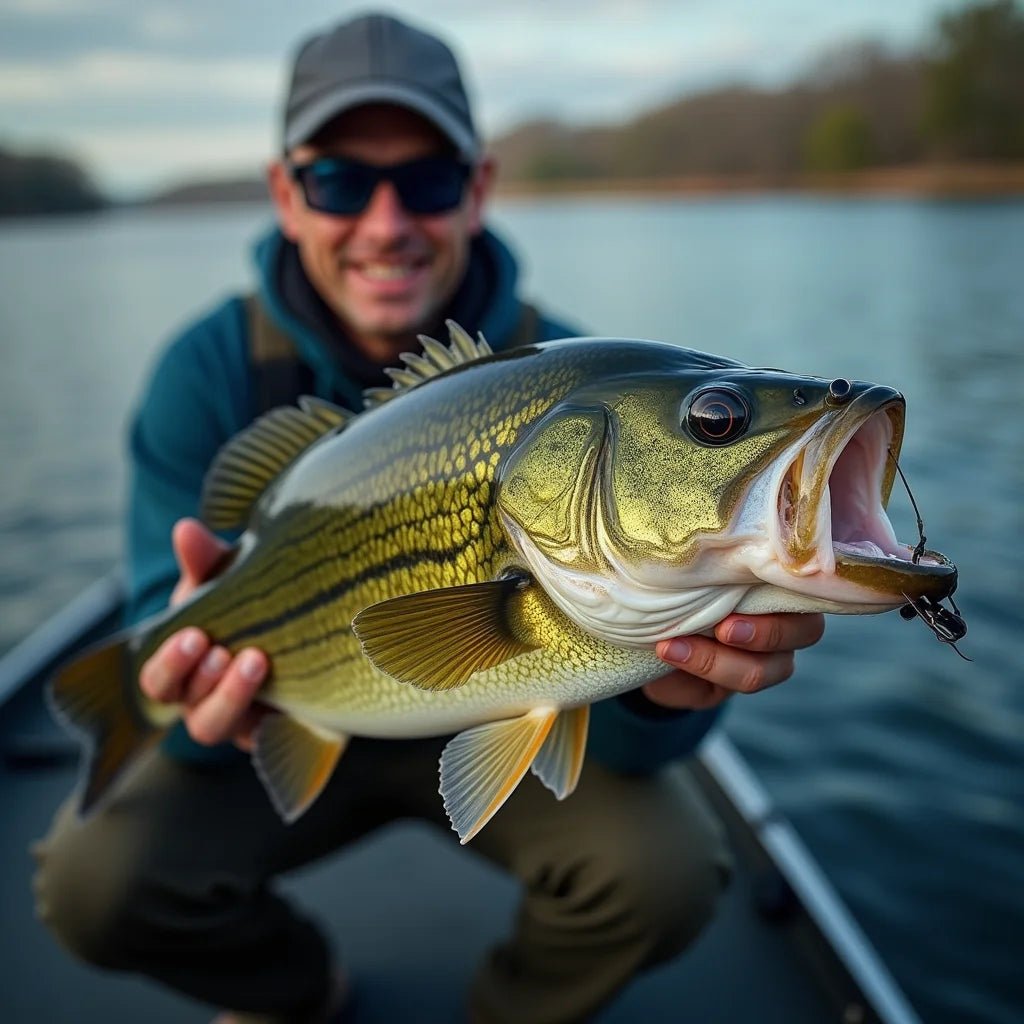Updated on: 2025-10-11
- Bass fishing basics and seasonal patterns
- Seasonal behavior of largemouth bass
- Water clarity and cover when fishing for bass
- Key benefits of bass fishing for new and returning anglers
- Step-by-step guide to start bass fishing with confidence
- Step 1: Choose a simple, reliable setup
- Step 2: Tie a strong, easy knot
- Step 3: Match a bass fishing lure to conditions
- Step 4: Pick a spot and time with intent
- Step 5: Make accurate, quiet casts
- Step 6: Work the lure and adjust cadence
- Step 7: Set the hook, land, and release with care
- Best bass fishing lures and how to choose
- What are the best lures for bass fishing?
- The best bass fishing lures for spring
- When is the best time of day to catch bass?
- Light, weather, and pressure considerations
- Safety and ethics in bass angling
- FAQ: bass fishing questions answered
- Do I need a boat for bass fishing?
- What line, rod, and reel are best for beginners?
- When is the best time of day to catch bass?
- What are the best lures for bass fishing?
- Summary: bass fishing takeaways for your next trip
- About the author
Bass fishing basics and seasonal patterns
Bass fishing welcomes anglers of every experience level. If you are new to bass angling or returning after a break, focusing on simple gear and clear plans can make each trip enjoyable. Early success often comes from matching basic bass fishing lures to the season and reading the water for cover, shade, and bait. In the first few outings, try to keep your approach calm, patient, and observant. Fishing for bass rewards steady learning, and small improvements add up over time.
Seasonal behavior of largemouth bass
Largemouth bass follow predictable patterns. In cooler months, they conserve energy and often hold deeper or near stable structure. As the water warms, they move shallower to feed, stage, and eventually spawn when conditions align. After spawning, many fish spread out to nearby cover to recover and feed, then shift deeper as temperatures peak. Through all seasons, bass choose comfort first: suitable temperature, easy oxygen, and trustworthy cover. Recognizing this rhythm helps you decide what to throw and where to cast.
Water clarity and cover when fishing for bass
Water clarity influences lure color and vibration. In clear water, natural colors and subtle presentations tend to excel. In stained water, brighter hues and louder profiles can help bass find your bait. Cover, such as grass, timber, docks, or rocks, provides shade and ambush points. Placing lures close to edges, openings, and transitions often draws more bites. A simple rule is to fish the “edges” where two things meet: grass to rocks, shade to sun, shallow to deep. These edges are natural travel lanes for bass and baitfish.
Key benefits of bass fishing for new and returning anglers
- Accessible opportunities: Ponds, rivers, and lakes often hold bass close to shore.
- Flexible gear choices: A single medium-power rod can cover many techniques.
- Steady learning: Each trip teaches a new detail about structure, weather, and forage.
- Year-round interest: With seasonal adjustments, you can find bites in many conditions.
- Community support: Local clubs and guides share helpful bass fishing tips for beginners.
Step-by-step guide to start bass fishing with confidence
Step 1: Choose a simple, reliable setup
A medium-power, fast-action spinning rod with 8–12 lb test mono or fluoro works for many lures. Start with one rod to reduce complexity. Keep a small box of essentials: a couple of soft plastics, a spinnerbait, a topwater, and a jig. This core setup covers shallow, mid, and bottom presentations without overwhelming choices.
Step 2: Tie a strong, easy knot
A clinch or improved clinch knot is both simple and dependable. Moisten the line before cinching, pull steadily, and test by giving your lure a firm tug. Reliable knots reduce lost fish and boost confidence.
Step 3: Match a bass fishing lure to conditions
In clear water with calm skies, try subtle soft plastics. In wind or stained water, a spinnerbait or vibrating jig can help bass locate your bait. When you see surface activity at dawn or dusk, a quiet topwater can be engaging and effective. Carry two or three options so you can switch if fish do not respond.
Step 4: Pick a spot and time with intent
Focus on areas with cover, current breaks, or shade lines. Early and late are gentle windows for active fish. If you are exploring a new area and would like regional context or technique ideas, you might find helpful reading on the blog or by browsing the Clinch River Fishing USA home page.
Step 5: Make accurate, quiet casts
Short, deliberate casts to high-percentage targets are often more productive than long, blind casts. Land your lure gently to avoid spooking fish in shallow water. Work from the outside in, so you do not push fish deeper into cover.
Step 6: Work the lure and adjust cadence
Let the fish tell you what they prefer. Start with a moderate retrieve. If you get follows but no bites, pause longer or speed up slightly. With soft plastics, vary your lift-drop rhythm. With moving baits, try a stop-and-go cadence to trigger reaction strikes.
Step 7: Set the hook, land, and release with care
When you feel a thump or steady pressure, reel down to remove slack and set the hook smoothly. Keep steady pressure while you guide the fish away from cover. If releasing, wet your hands, minimize air exposure, and support the fish gently until it swims away.
Best bass fishing lures and how to choose
Understanding categories makes selection easier. Soft plastics, jigs, spinnerbaits, crankbaits, and topwaters all have moments to shine. Try one bait per depth or role: a finesse plastic for subtle bites, a jig for bottom contact, a spinnerbait for covering water, a crankbait for specific depth ranges, and a topwater for low light.
What are the best lures for bass fishing?
There is no single “best” for every day, yet a few stand out for consistency. A weightless stick worm, a 3/8 oz finesse jig with a compact trailer, and a willow-leaf spinnerbait are dependable all-around choices. In clear water, natural greens and browns blend well. In stained water, white, chartreuse, or black silhouettes stand out. Rotate through these options to see which earns attention.
The best bass fishing lures for spring
During spring, bass feed actively and often roam shallow cover. The best bass fishing lures for spring include:
- Soft jerkbaits: Subtle darts around grass and wood can draw fast strikes.
- Spinnerbaits: Flash and vibration work well in wind or stained water.
- Squarebill crankbaits: Deflecting off wood and rock triggers reaction bites.
- Finesse jigs: Skipping under docks or pitching to laydowns presents an easy meal.
- Topwater walkers: On warm, calm mornings or evenings, surface baits can be exciting and productive.
If you find a productive lure, note the water color, depth, and wind. Patterns repeat in similar conditions, and those notes will guide future choices.
When is the best time of day to catch bass?
Low light often favors bass activity. Dawn and dusk feel comfortable for both angler and fish. Midday can also produce when shade, wind, or current increases oxygen and concentrates bait. Do not hesitate to fish through midday if you can target shade lines, docks, or deeper structure where bass rest between feeding windows.
Light, weather, and pressure considerations
Cloud cover softens light and encourages roaming fish. A gentle breeze ripples the surface and can push bait toward points and banks. After heavy pressure, fish may become cautious; slowing down with finesse tactics can help. Before heading out, it may also be helpful to learn about local access and etiquette from an about page or similar local resource, then confirm your plan based on current conditions.
Safety and ethics in bass angling
Personal safety is always welcome: wear a life jacket when appropriate, watch your footing, and keep hooks covered when walking near others. Respect local regulations and size or bag limits, and consider selective harvest where permitted. When releasing fish, minimize handling and support the belly when taking quick photos. Thoughtful choices protect the resource and improve fishing for everyone. If you are unsure about area access or local practices, a courteous note through a contact page may provide helpful guidance.
FAQ: bass fishing questions answered
Do I need a boat for bass fishing?
Not at all. Many anglers catch bass from shore by focusing on reachable cover, such as points, laydowns, docks, and canal entrances. Waders or a kayak can expand access, yet thoughtful shore fishing remains effective, especially at dawn and dusk when bass move shallow.
What line, rod, and reel are best for beginners?
A medium-power, fast-action spinning setup with 8–12 lb test mono or fluorocarbon is a versatile starting point. It handles soft plastics, light jigs, small crankbaits, and topwaters. As you grow, you might add a baitcasting combo for heavier lures and thicker cover, but one quality spinning combo serves well at first.
When is the best time of day to catch bass?
Dawn and dusk are often productive due to low light and comfortable temperatures. Wind, shade, or current can extend the bite, so midday can work if you target cover or depth transitions. Keep notes on your successes, and you will see patterns form across similar days.
What are the best lures for bass fishing?
Reliable choices include a weightless stick worm for finesse, a compact jig for bottom contact, and a spinnerbait for covering water. In spring, add a squarebill crankbait and a topwater walker. Adjust color to water clarity: natural for clear, brighter or darker for stained.
Summary: bass fishing takeaways for your next trip
Bass fishing is a welcoming pursuit. Start with one steady setup, carry a small group of bass fishing lures, and fish high-percentage spots during gentle light windows. Read water for clarity, cover, and edges, then match your presentation to the conditions. Keep notes on lure, color, and cadence, and you will soon see patterns you can trust. If you appreciate ongoing ideas and local insights, visiting a regional fishing blog can be a kind and helpful next step.
About the author
Jeremy Reynolds enjoys sharing approachable, practical guidance for anglers who want to feel confident on the water. His writing focuses on steady fundamentals—clear plans, versatile gear, and respectful stewardship—so readers can grow their skills at a comfortable pace and make the most of their time outdoors.

Owner and CEO of Clinch River FIshing USA. A marine electroncs, fishing and outdoor store.

